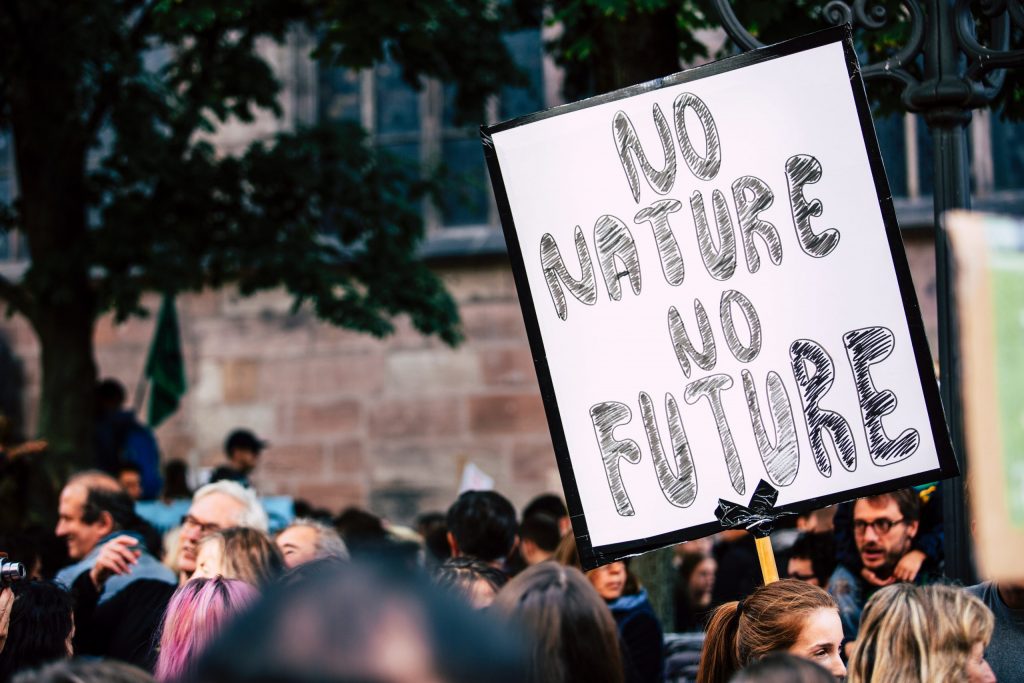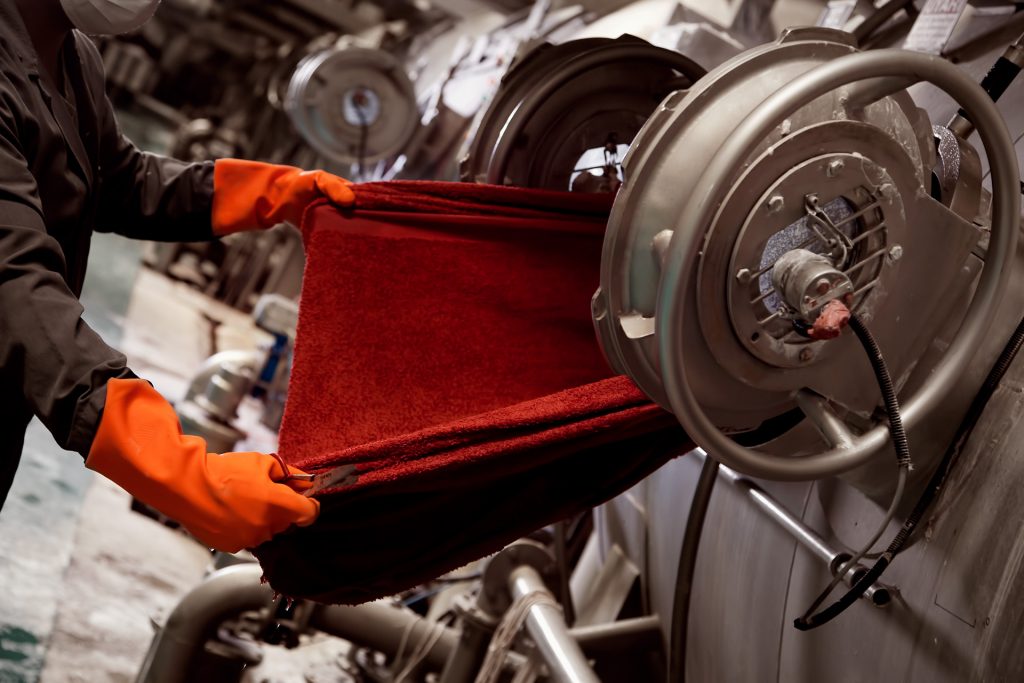“If you want quality, you need top-shelf pre-treatment” – Francisco, BU Manager Classical Textiles
Raw textiles don’t come in squeaky clean. Both natural and synthetic fibres contain waxes and oils. When not removed, such contamination meddles with the pick-up rate of the fabrics, resulting in lower quality of treatments like dyeing, printing and coating. Moreover, as fibre types like cotton are beige by nature, applying light and pastel colours results in lower colour quality. Pre-treatment methods and optical brightness agents help you tackle all of these problems beforehand. Or as our BU Manager Classical Textiles put it: “If you want quality, you need top-shelf pre-treatment”.
Imagine you were painting a picture. Your success would depend on your talent and your eye for detail, but also on the quality of your canvas. How well does it absorb the paint? Does the colour of the canvas meddle with the hue of the applied colours? How does it react to high temperatures? The better you prepare your canvas, the better your end-result will be. This is why pre-treatment chemicals and optical brightness agents are so important.
Let’s dive into some pre-treatment basics. There’s no way there’ll ever be one single recipe that cleans, prepares and protects all textiles in the world. The right pre-treatment cocktail depends on quite some factors, such as:
• Fibre type
• End-goal of the product
• Used colours (light, pastel, dark)
• Machinery
• Water hardness
• Temperature during production process
• Quality standards
This is where we come in
Pre-treatment is a science. Whenever we start working with a new client, we try to gather as much information as we possibly can to tailor our pre-treatment chemicals and optical brightness agents to his specific product type and preferences. We test small samples in our lab in Ede, or have one of our experts stop by to perform a trial at the plant.









